Home>Furniture & Design>Outdoor Furniture>How Often Should You Water Outdoor Plants In Hot Weather
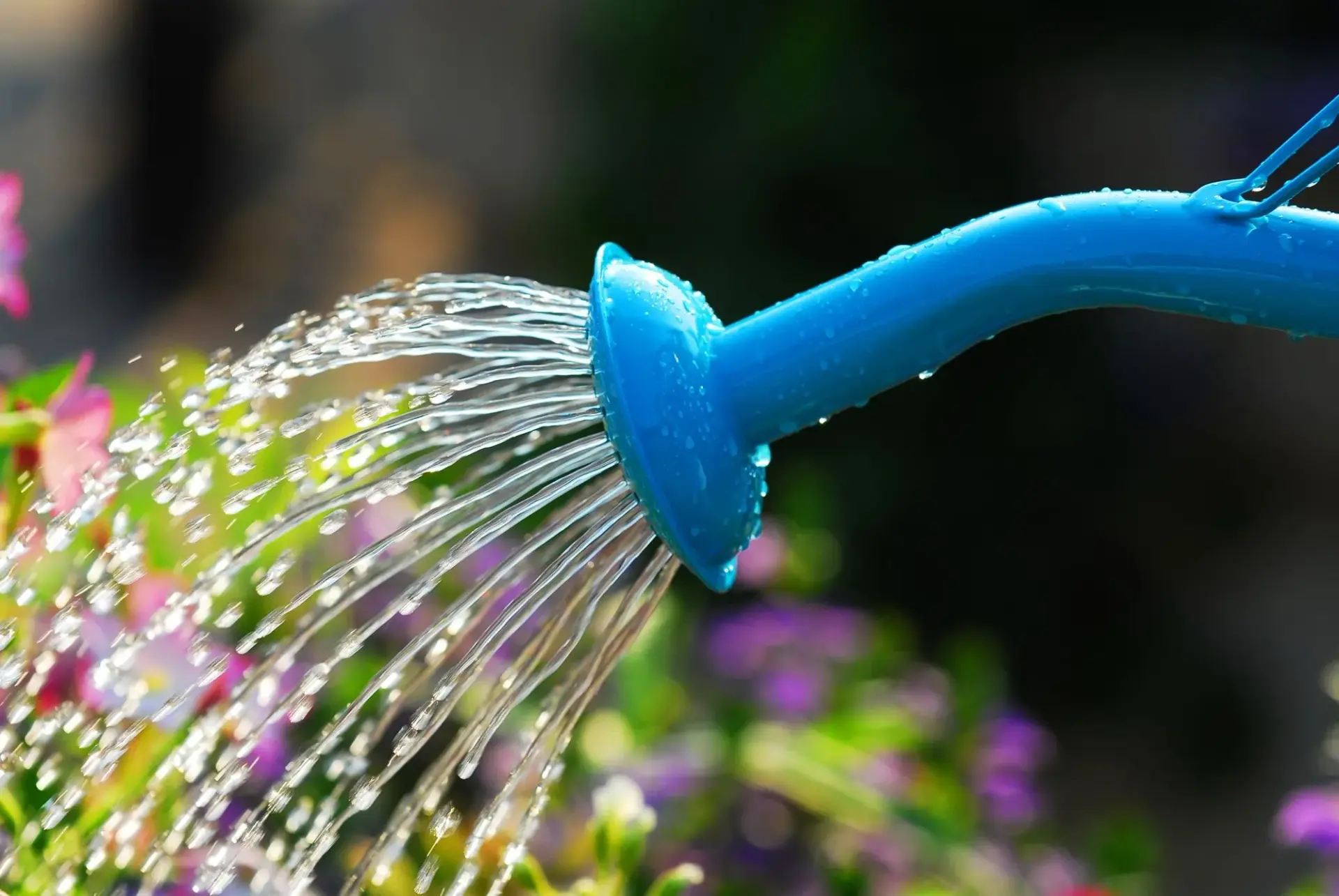

Outdoor Furniture
How Often Should You Water Outdoor Plants In Hot Weather
Modified: August 25, 2024
Learn how to properly water your outdoor plants in hot weather to keep them healthy and thriving. Discover the best watering frequency and techniques for your outdoor furniture, furniture, and design.
(Many of the links in this article redirect to a specific reviewed product. Your purchase of these products through affiliate links helps to generate commission for Storables.com, at no extra cost. Learn more)
Introduction
Welcome to the wonderful world of outdoor plants! Whether you're a seasoned gardener or just starting to flex your green thumb, understanding the nuances of watering your outdoor plants in hot weather is crucial for their health and vitality. As the sun beats down and temperatures soar, your leafy companions rely on you to provide them with the hydration they need to thrive.
Proper watering is a delicate dance, influenced by various factors such as plant type, soil composition, and environmental conditions. In this comprehensive guide, we'll delve into the art of watering outdoor plants in hot weather, equipping you with the knowledge to keep your garden flourishing even during the hottest of days.
So, grab your watering can, don your sun hat, and let's embark on a journey to discover the secrets of maintaining luscious, hydrated outdoor plants in the midst of scorching summer days.
Key Takeaways:
- Proper watering in hot weather is crucial for outdoor plants’ health. Factors like plant type, soil, and growth stage influence watering needs.
- Signs of both underwatering and overwatering should be monitored. General guidelines and special considerations for potted plants are essential for optimal watering.
Factors to Consider
When it comes to watering outdoor plants in hot weather, several crucial factors demand your attention. Understanding and addressing these considerations will enable you to tailor your watering practices to the specific needs of your plants, ensuring their well-being even in the face of relentless heat.
- Plant Type: Different types of outdoor plants have varying water requirements. Succulents, for instance, are adapted to arid conditions and generally require less frequent watering compared to leafy greens or flowering plants.
- Soil Type and Composition: The composition of your soil, whether it’s sandy, loamy, or clay-based, influences its water retention capabilities. Sandy soil drains water more quickly, while clay soil tends to hold onto moisture for longer periods. Understanding your soil type is essential for devising an effective watering schedule.
- Environmental Conditions: Factors such as temperature, humidity, and wind speed play a significant role in determining how quickly the soil dries out. In hot, dry climates, water evaporates more rapidly, necessitating more frequent watering.
- Plant Growth Stage: The watering needs of outdoor plants can vary depending on their growth stage. Newly planted seedlings and established plants have distinct requirements, with younger plants often needing more frequent watering to support their growth.
- Watering Equipment: The type of watering equipment you use, such as a watering can, hose, or drip irrigation system, can impact the effectiveness of your watering efforts. Each method has its own advantages and considerations, influencing the distribution of water to the plant roots.
By taking these factors into account, you can develop a tailored approach to watering your outdoor plants, optimizing their health and resilience in the face of challenging weather conditions.
Types of Outdoor Plants
Outdoor plants encompass a diverse array of species, each with its own unique characteristics and watering needs. Understanding the specific requirements of different plant types is essential for providing them with the appropriate level of hydration, especially during hot weather. Let’s explore some common categories of outdoor plants and their corresponding watering preferences:
- Succulents and Cacti: These hardy plants are adapted to arid environments and have evolved to store water in their fleshy leaves and stems. As a result, they are remarkably resilient to drought conditions and generally require infrequent watering to prevent waterlogged soil.
- Flowering Plants: Colorful blooms add vibrancy to outdoor spaces, but they often necessitate consistent moisture to support their flowering and growth. Regular, moderate watering is typically beneficial for flowering plants, ensuring that the soil remains evenly moist without becoming waterlogged.
- Leafy Greens and Vegetables: Lush, leafy plants and vegetable crops thrive when provided with consistent moisture, particularly during hot weather. Adequate hydration supports their leaf and fruit development, making regular, thorough watering essential for their overall health.
- Shrubs and Trees: These larger plants often have deep root systems, allowing them to access moisture from deeper soil layers. However, during periods of prolonged heat and drought, supplemental watering may be necessary to sustain their vitality and promote healthy growth.
- Herbs and Aromatic Plants: Herbs such as basil, rosemary, and mint are prized for their aromatic foliage and culinary uses. While these plants generally prefer well-drained soil, they benefit from consistent, moderate watering to maintain their robust flavors and essential oils.
By recognizing the diverse watering needs of these plant categories, you can tailor your watering practices to provide targeted care, ensuring that each type of outdoor plant flourishes in your garden or outdoor space.
Signs of Underwatering
During hot weather, the risk of underwatering outdoor plants becomes particularly pronounced as the scorching sun accelerates moisture evaporation from the soil. Recognizing the signs of underwatering is crucial for promptly addressing the needs of your plants and preventing potential damage. Here are some common indicators that your outdoor plants may be suffering from insufficient hydration:
- Wilting: One of the most apparent signs of underwatering is wilting foliage. The leaves may appear limp, droopy, or even parched, indicating that the plant is struggling to maintain turgidity due to water deficiency.
- Yellowing or Browning Leaves: When outdoor plants lack adequate water, their leaves may exhibit discoloration, turning yellow or brown at the edges or throughout the entire leaf surface. This is a protective response as the plant reallocates its limited water reserves to essential parts, leading to leaf desiccation.
- Stunted Growth: Insufficient water availability can hinder the growth and development of outdoor plants. If you notice that your plants are not progressing as expected, it may be a sign that they are not receiving enough moisture to support their metabolic processes and structural expansion.
- Dry, Crumbly Soil: By inspecting the soil around your plants, you may observe that it has become excessively dry and crumbly. In severe cases of underwatering, the soil may pull away from the edges of the container or exhibit visible cracks, indicating a significant lack of moisture.
- Leaf Curling or Rolling: Some plants respond to water scarcity by curling or rolling their leaves as a mechanism to minimize water loss through transpiration. If you notice unusual leaf behavior, it could be a signal that your plants are experiencing water stress.
By remaining vigilant for these telltale signs, you can intervene promptly to provide your outdoor plants with the water they desperately need, mitigating the detrimental effects of dehydration and fostering their resilience in the face of hot weather challenges.
Water outdoor plants in hot weather at least once a day, and more frequently if the soil dries out quickly. Check the soil moisture regularly and adjust watering as needed to keep the plants healthy.
Signs of Overwatering
While it’s crucial to prevent underwatering, overzealous watering can also pose risks to the health of outdoor plants, especially in hot weather. Excess moisture in the soil can lead to oxygen deprivation in the root zone, creating an environment conducive to root rot and other detrimental conditions. Recognizing the signs of overwatering is essential for adjusting your watering practices to maintain a healthy balance. Here are common indicators that your outdoor plants may be suffering from excessive moisture:
- Wilting: Surprisingly, overwatering can cause plants to exhibit wilting symptoms similar to those of underwatering. However, the wilting in this case is a result of root damage caused by waterlogged soil, hindering the plant’s ability to absorb vital nutrients and oxygen.
- Yellowing Leaves and Leaf Drop: When outdoor plants are overwatered, their leaves may turn yellow and eventually drop from the plant. This occurs as the roots suffocate due to waterlogged conditions, leading to impaired nutrient uptake and foliar vitality.
- Mold and Mildew Growth: Excessive moisture creates a hospitable environment for fungal growth, manifesting as mold, mildew, or white fuzzy patches on the soil surface, plant stems, or leaves. These are clear indications of overly damp conditions that can compromise plant health.
- Stagnant Water in Saucers or Containers: If your potted outdoor plants exhibit standing water in their saucers or containers for extended periods, it’s a sign that the soil is retaining excessive moisture. Stagnant water can suffocate the roots and lead to root rot, jeopardizing the plant’s well-being.
- Soft, Mushy Roots: When you gently probe the soil around your plants, you may notice that the roots feel soft, mushy, or exhibit a foul odor. These are telltale signs of root rot, a consequence of prolonged overwatering that compromises the plant’s root system.
By remaining attentive to these signs of overwatering, you can adjust your watering frequency and practices to strike a harmonious balance, providing your outdoor plants with the optimal level of moisture to thrive in hot weather conditions.
General Guidelines for Watering
Establishing a well-informed approach to watering your outdoor plants in hot weather is essential for nurturing their health and vitality. By adhering to general guidelines tailored to the unique needs of your plants, you can optimize their hydration and resilience amid challenging environmental conditions. Here are some overarching principles to guide your watering practices:
- Observe Soil Moisture: Regularly monitor the moisture levels in the soil to gauge when your plants require watering. Insert your finger into the soil to a depth of a few inches. If the soil feels dry at this depth, it’s likely time to water your plants. However, if it still retains moisture, hold off on watering until the top layer begins to dry out.
- Water in the Morning: When possible, aim to water your outdoor plants in the early morning hours. This timing allows the plants to absorb moisture before the intense heat of the day, reducing the risk of water evaporation and providing them with the hydration they need to endure the sun’s onslaught.
- Deep, Infrequent Watering: Rather than frequent, shallow watering, prioritize deep watering sessions that penetrate the soil and reach the plant’s root zone. This encourages the development of robust, deep roots that can access moisture more effectively, promoting plant resilience during hot weather.
- Use Mulch: Applying a layer of organic mulch around your outdoor plants offers numerous benefits, including moisture retention, weed suppression, and soil insulation. Mulch helps regulate soil temperature and reduce water evaporation, contributing to a more favorable microclimate for your plants.
- Consider Planting Density: The density of your plantings can influence the soil’s moisture retention and the competition for water among neighboring plants. Adjust your watering practices based on the spacing and arrangement of your plants to ensure that each receives adequate hydration.
- Adjust Based on Weather Conditions: Be mindful of fluctuations in temperature, humidity, and rainfall patterns. During exceptionally hot and dry periods, you may need to increase the frequency of watering to accommodate the heightened water loss experienced by your outdoor plants.
By integrating these general guidelines into your watering routine, you can foster a supportive environment for your outdoor plants, promoting their well-being and fortitude in the face of hot weather challenges.
Special Considerations for Potted Plants
When it comes to watering outdoor plants in hot weather, potted plants present unique considerations that demand special attention. The confined environment of containers, combined with the increased exposure to heat, can significantly impact the water requirements and overall well-being of potted plants. To ensure the thriving of your container-bound greenery, it’s essential to take these special considerations into account:
- Proper Drainage: Adequate drainage is paramount for potted plants, as it prevents water from accumulating at the bottom of the container and causing root rot. Ensure that your pots have drainage holes to facilitate the expulsion of excess water and maintain a healthy root environment.
- Monitoring Soil Moisture: Due to the limited soil volume in pots, moisture levels can fluctuate rapidly. Regularly check the moisture content of the soil by inserting your finger into the top layer. If the soil feels dry to the touch, it’s time to water your potted plants.
- Container Material: The material of your pots can influence moisture retention and heat absorption. Terracotta and unglazed clay pots allow for greater breathability but may lead to faster moisture evaporation, while plastic and glazed ceramic pots retain moisture for longer periods. Adjust your watering frequency based on the pot material and the resulting soil moisture dynamics.
- Elevated Heat Exposure: Potted plants are more susceptible to heat stress, as their containers can absorb and radiate heat, impacting the soil temperature. During hot weather, position your potted plants strategically to shield them from excessive sun exposure and minimize heat retention in the containers.
- Thorough Watering: When watering potted plants, ensure that the soil is thoroughly moistened, allowing excess water to drain freely from the bottom of the pot. This promotes uniform hydration and leaches out accumulated salts, preventing potential damage to the plant roots.
- Consider Pot Size: The size of the pot relative to the plant’s root system influences the frequency of watering. Larger pots generally retain moisture for longer periods and provide more room for root expansion, reducing the need for frequent watering compared to smaller, more constricted containers.
By incorporating these special considerations into your care routine for potted plants, you can create an optimal environment that supports their growth and resilience, ensuring that they thrive even in the sweltering conditions of hot weather.
Conclusion
As the sun beats down and temperatures soar, the well-being of your outdoor plants hinges on your ability to provide them with the appropriate level of hydration. Navigating the nuances of watering in hot weather requires a keen understanding of the diverse factors at play, from plant type and soil composition to environmental conditions and container considerations. By honing your awareness of the signs of both underwatering and overwatering, you can intervene effectively to safeguard your plants’ health.
Embracing general guidelines, such as monitoring soil moisture, prioritizing deep watering, and leveraging mulch for moisture retention, empowers you to orchestrate a harmonious watering routine that nurtures your outdoor plants amidst the heat. Moreover, special attention to potted plants is essential, with a focus on proper drainage, moisture monitoring, and mitigating the amplified heat exposure they face in their confined environment.
By integrating these insights into your approach to watering outdoor plants in hot weather, you embark on a journey of stewardship, fostering a flourishing outdoor oasis that defies the challenges of scorching temperatures. As you water your plants in the early morning light, providing them with the sustenance they crave, you become a guardian of green life, ensuring that each leaf, bloom, and stem thrives in the face of nature’s fiery embrace.
So, embrace the art of watering, attune yourself to the needs of your outdoor plants, and watch as your garden flourishes, a vibrant testament to your dedication and the life-giving power of water.
Frequently Asked Questions about How Often Should You Water Outdoor Plants In Hot Weather
Was this page helpful?
At Storables.com, we guarantee accurate and reliable information. Our content, validated by Expert Board Contributors, is crafted following stringent Editorial Policies. We're committed to providing you with well-researched, expert-backed insights for all your informational needs.
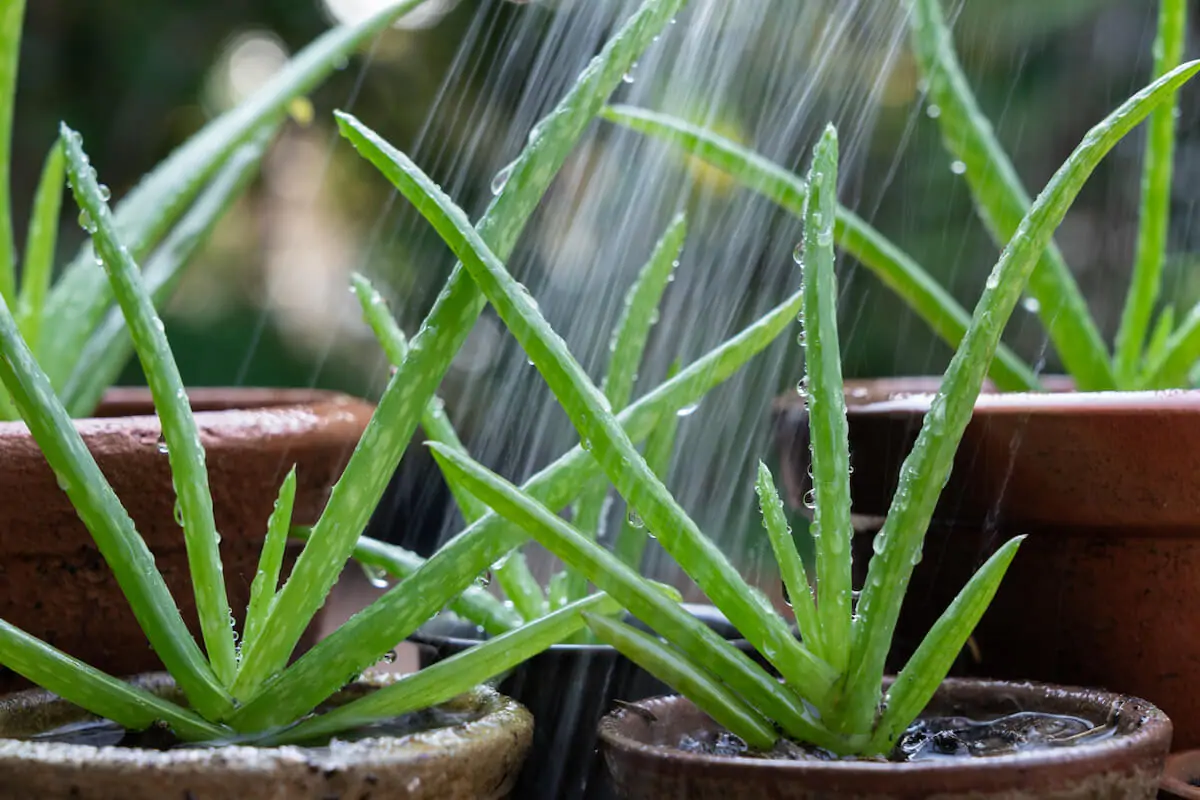
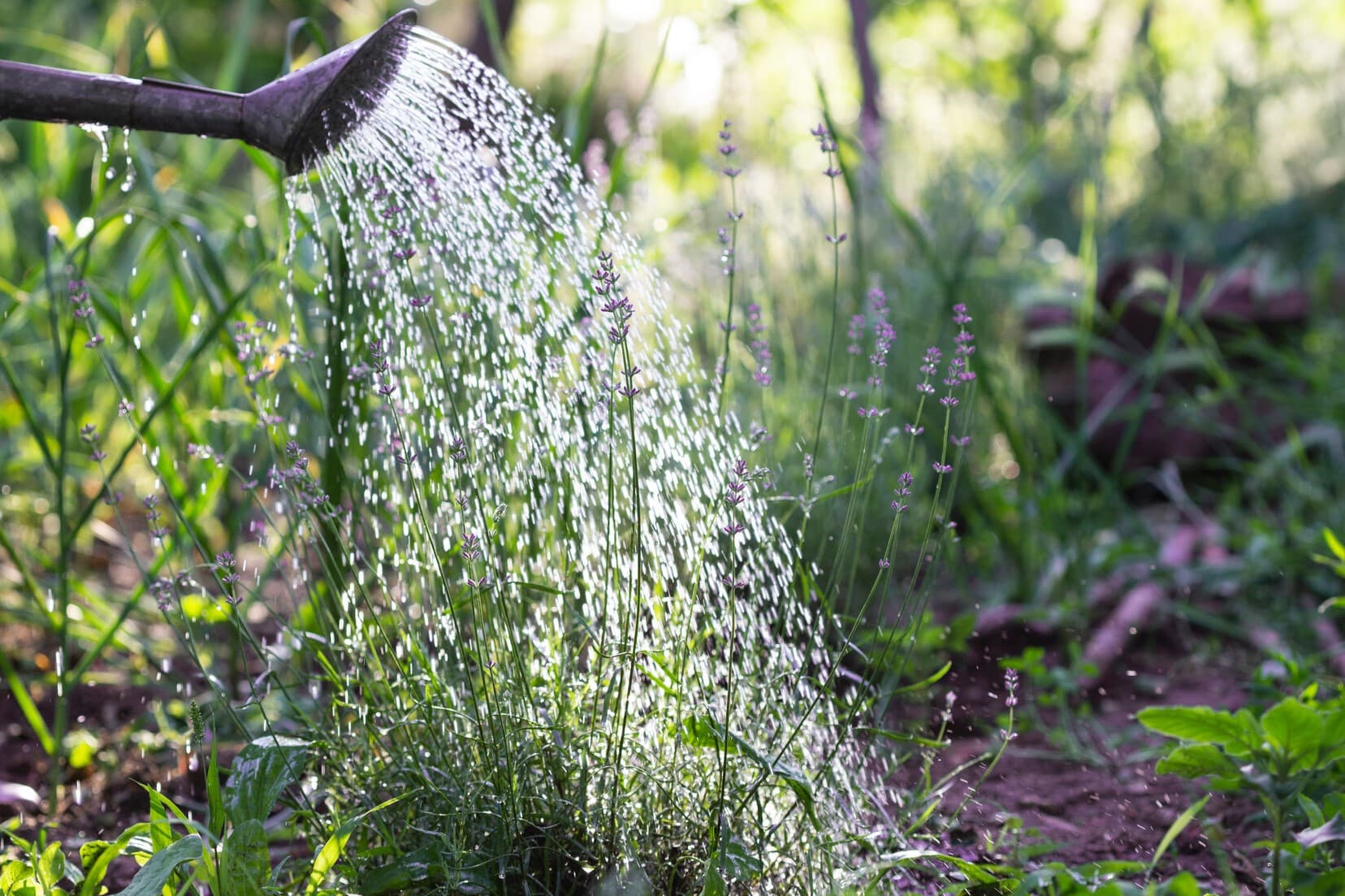

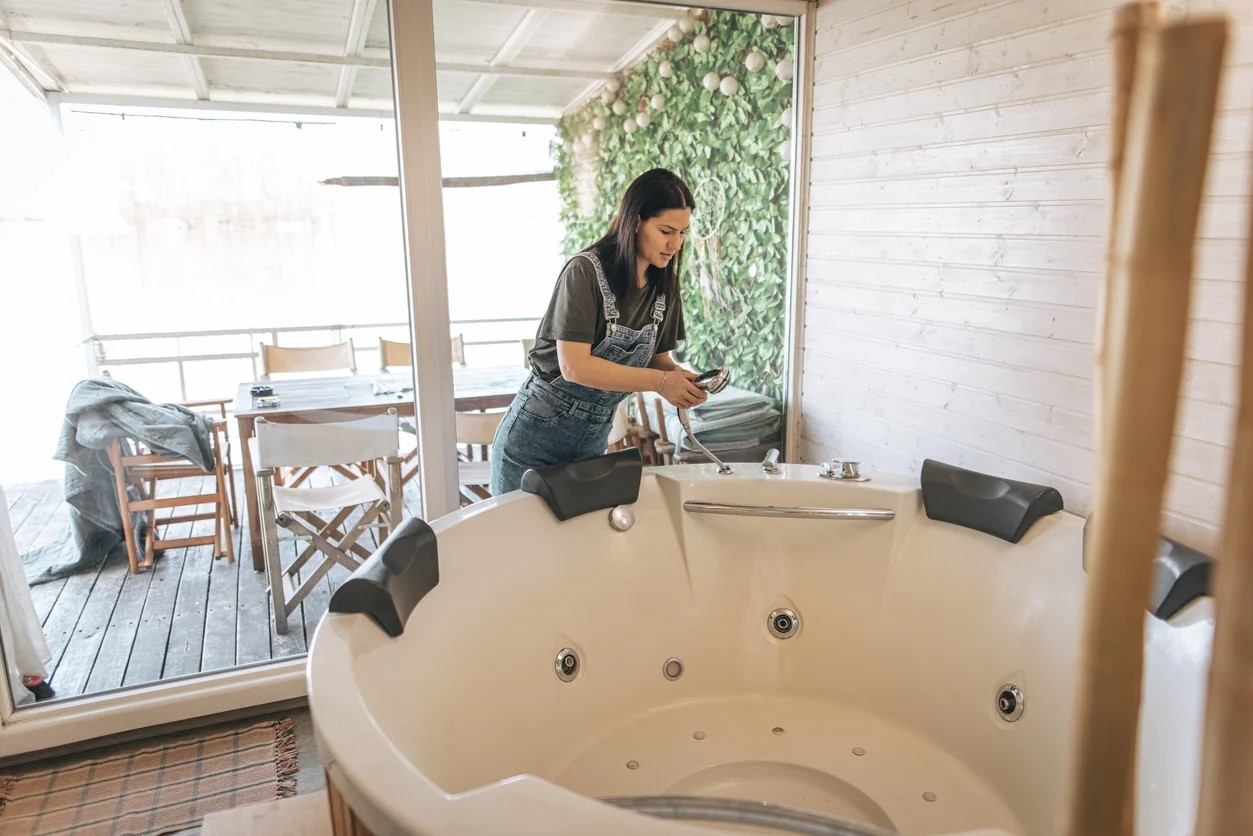
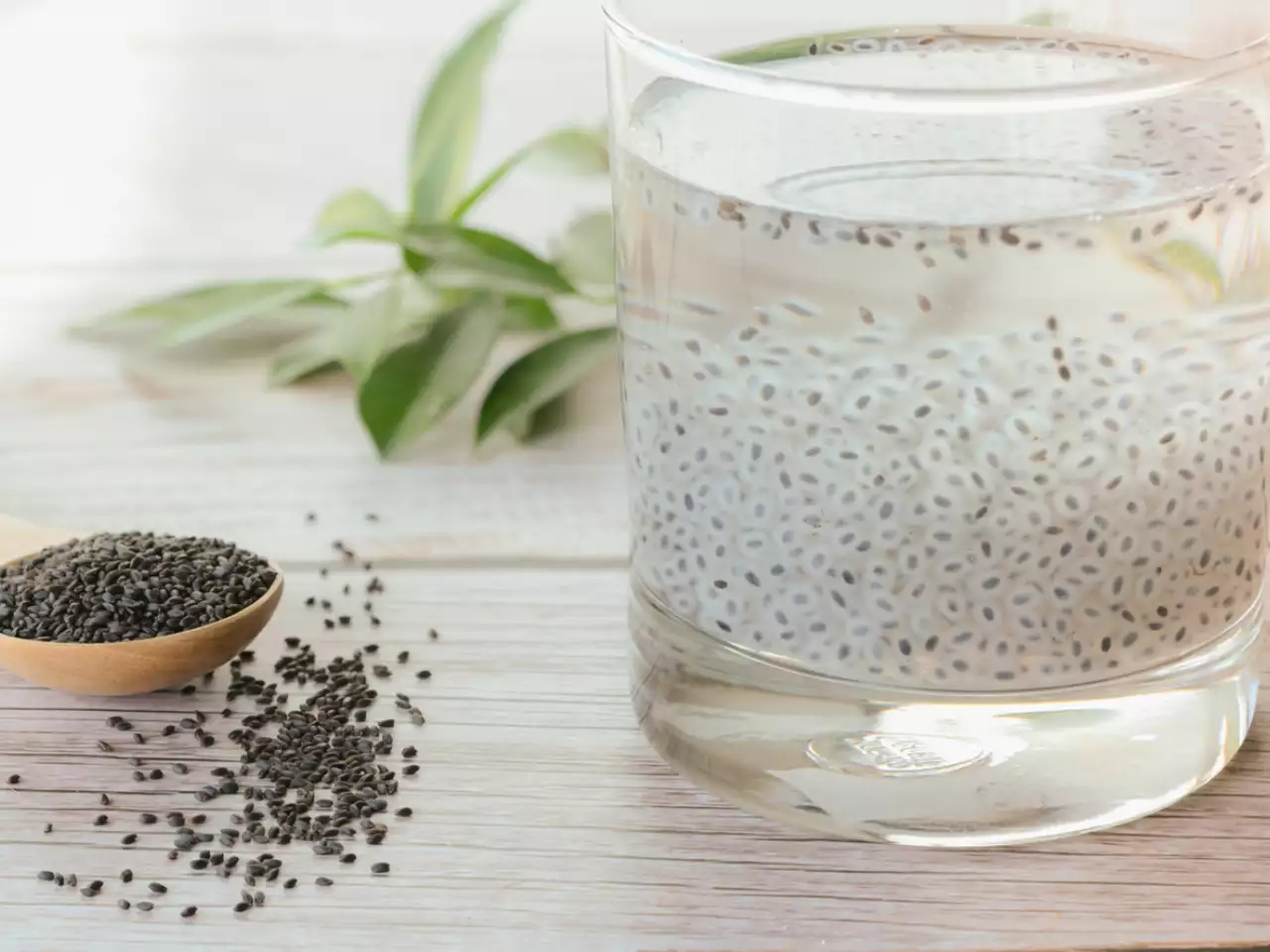
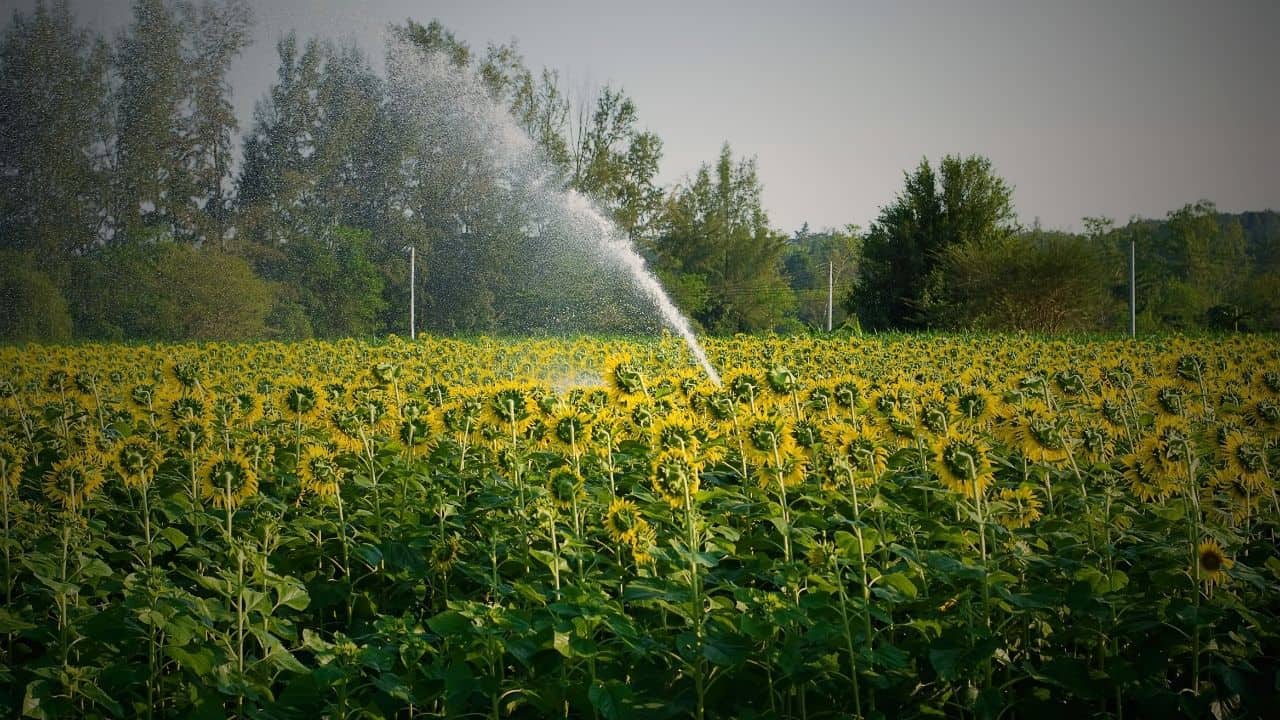
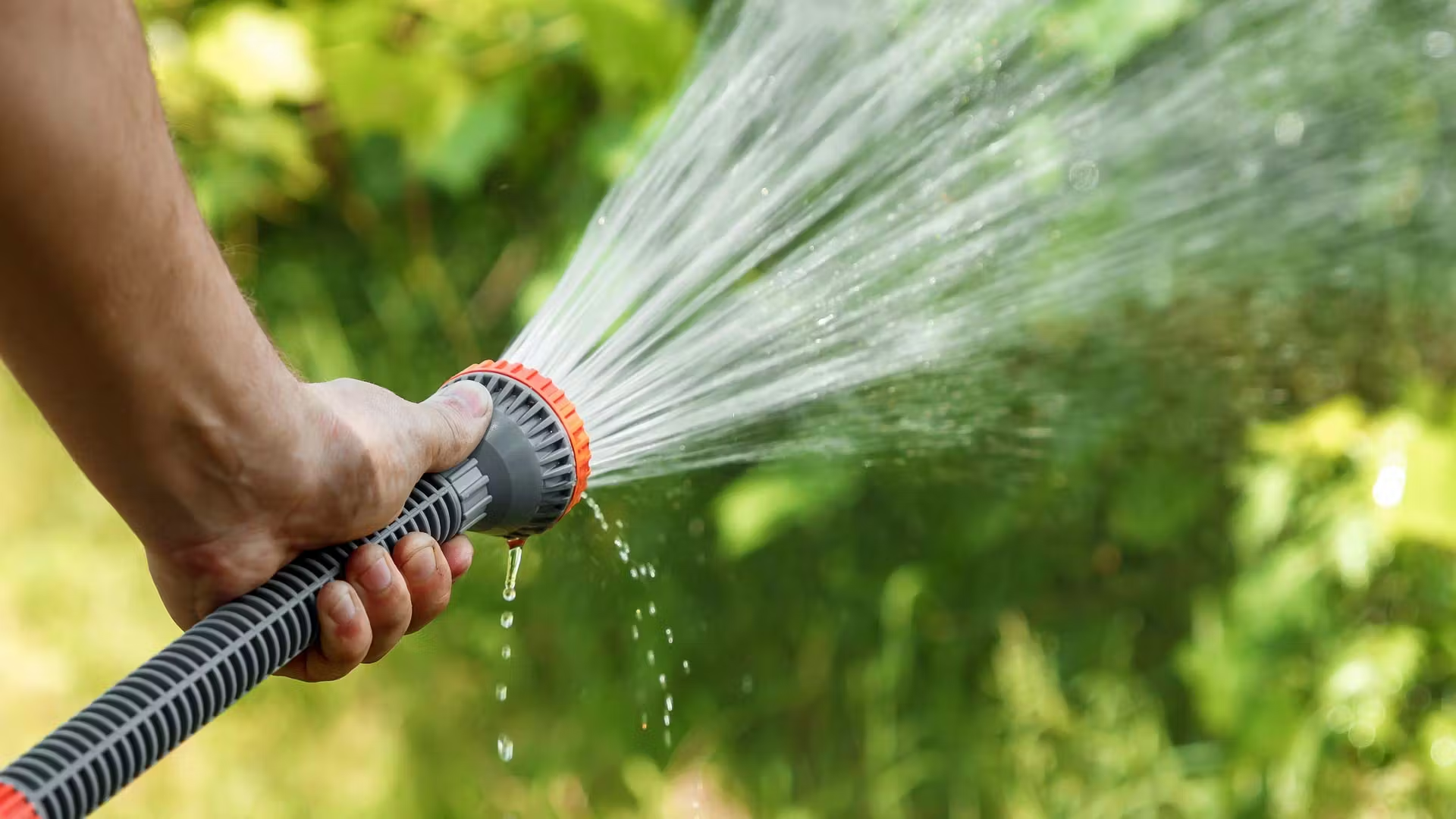

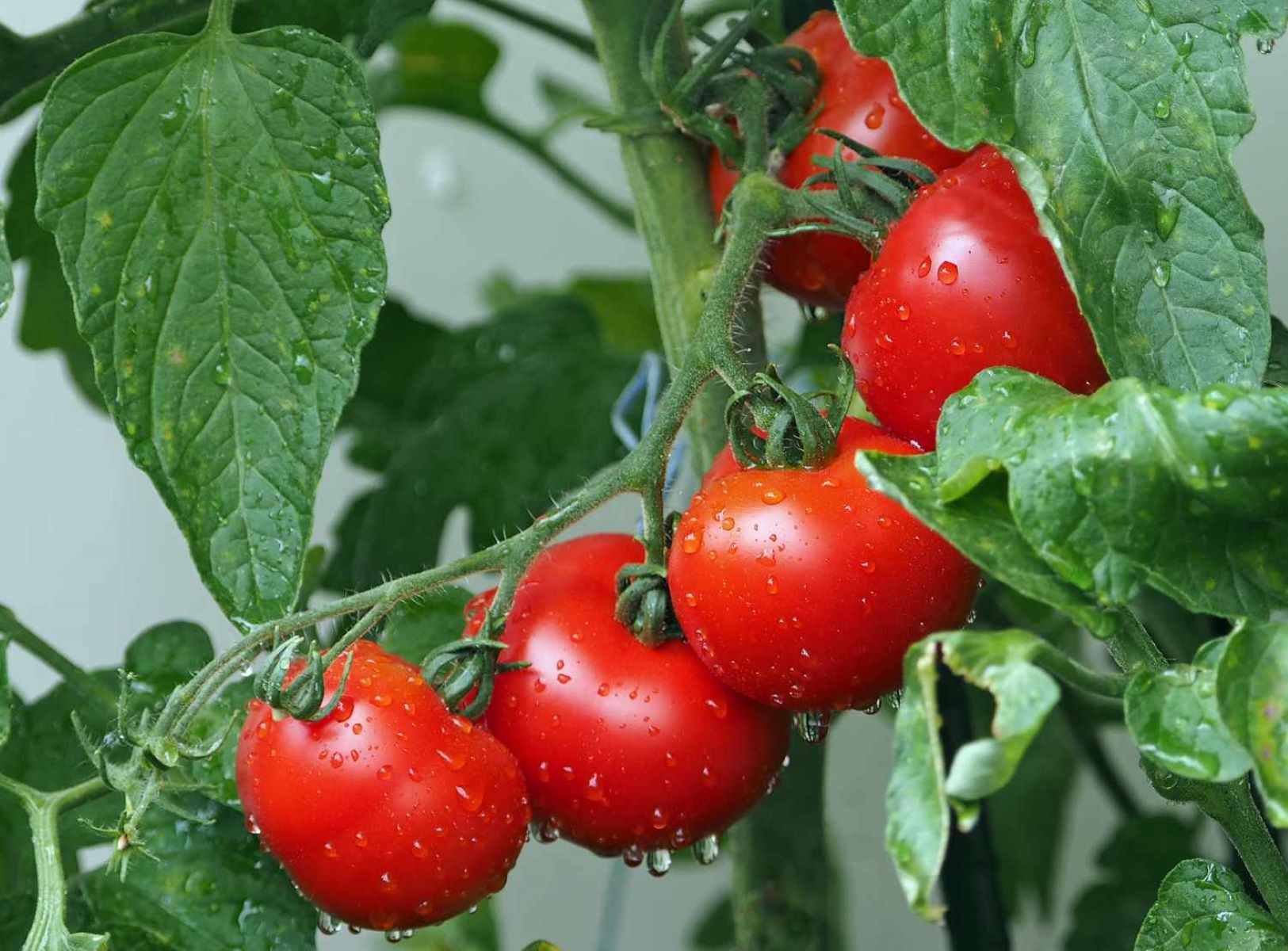
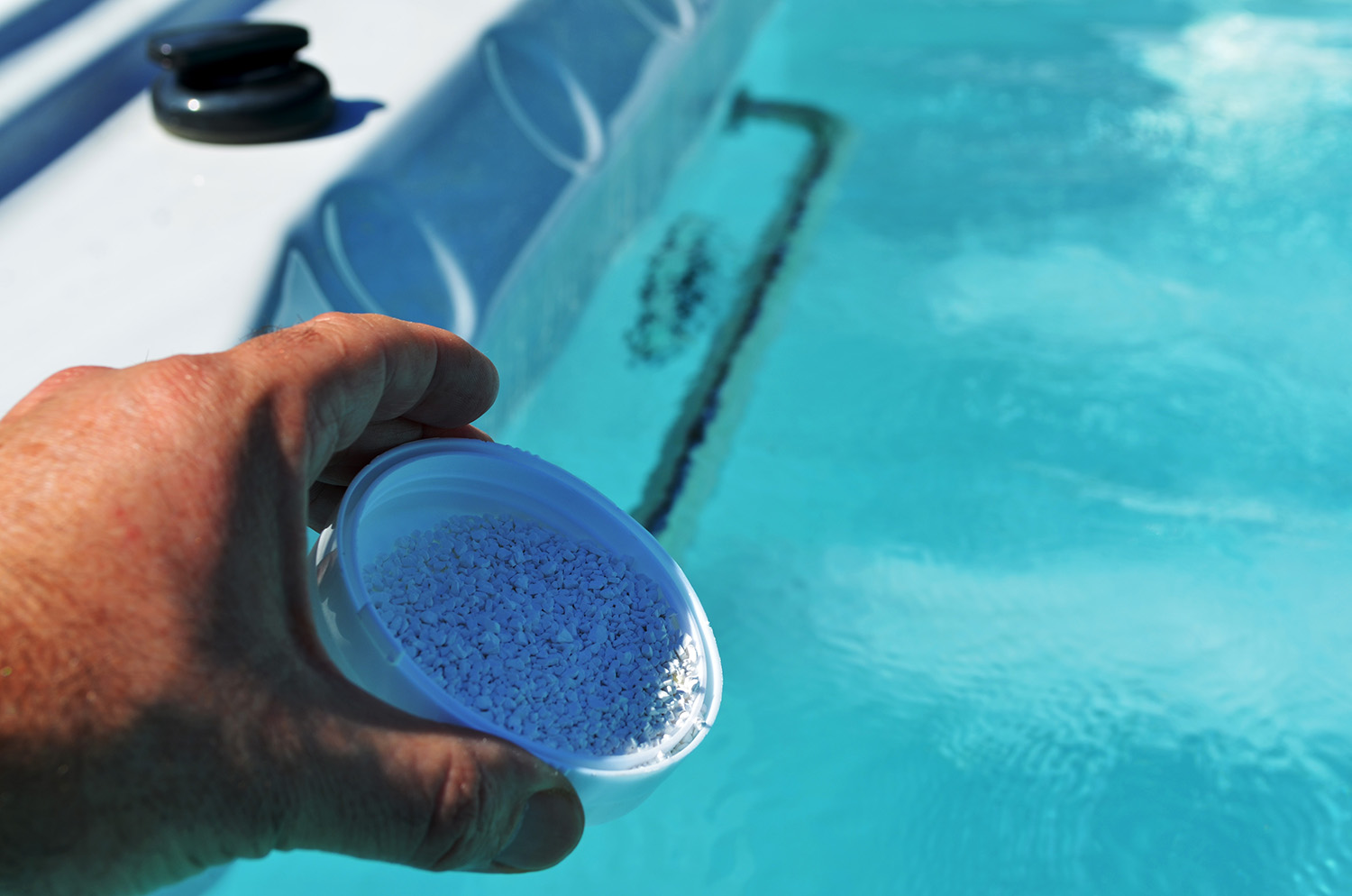
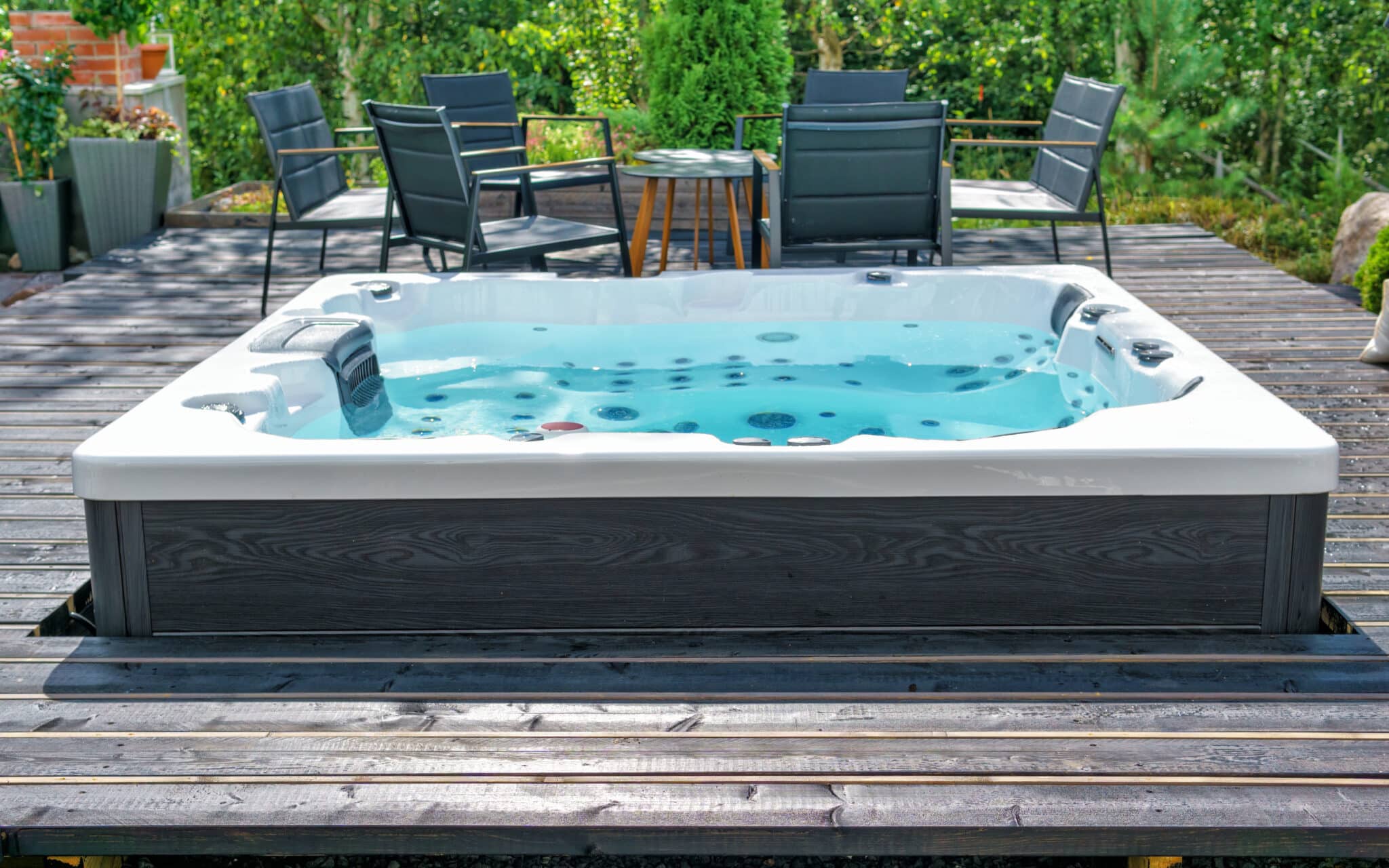
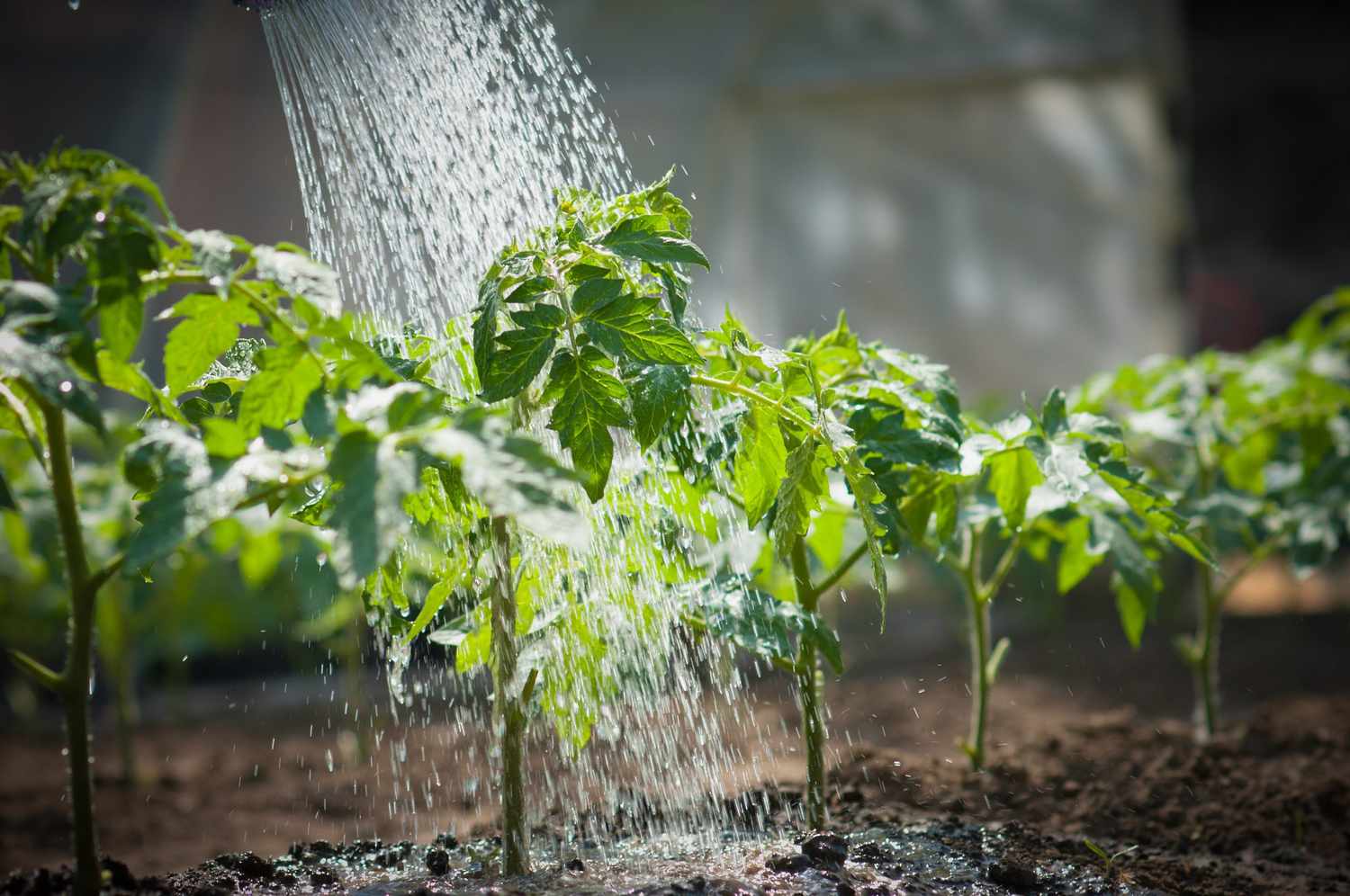
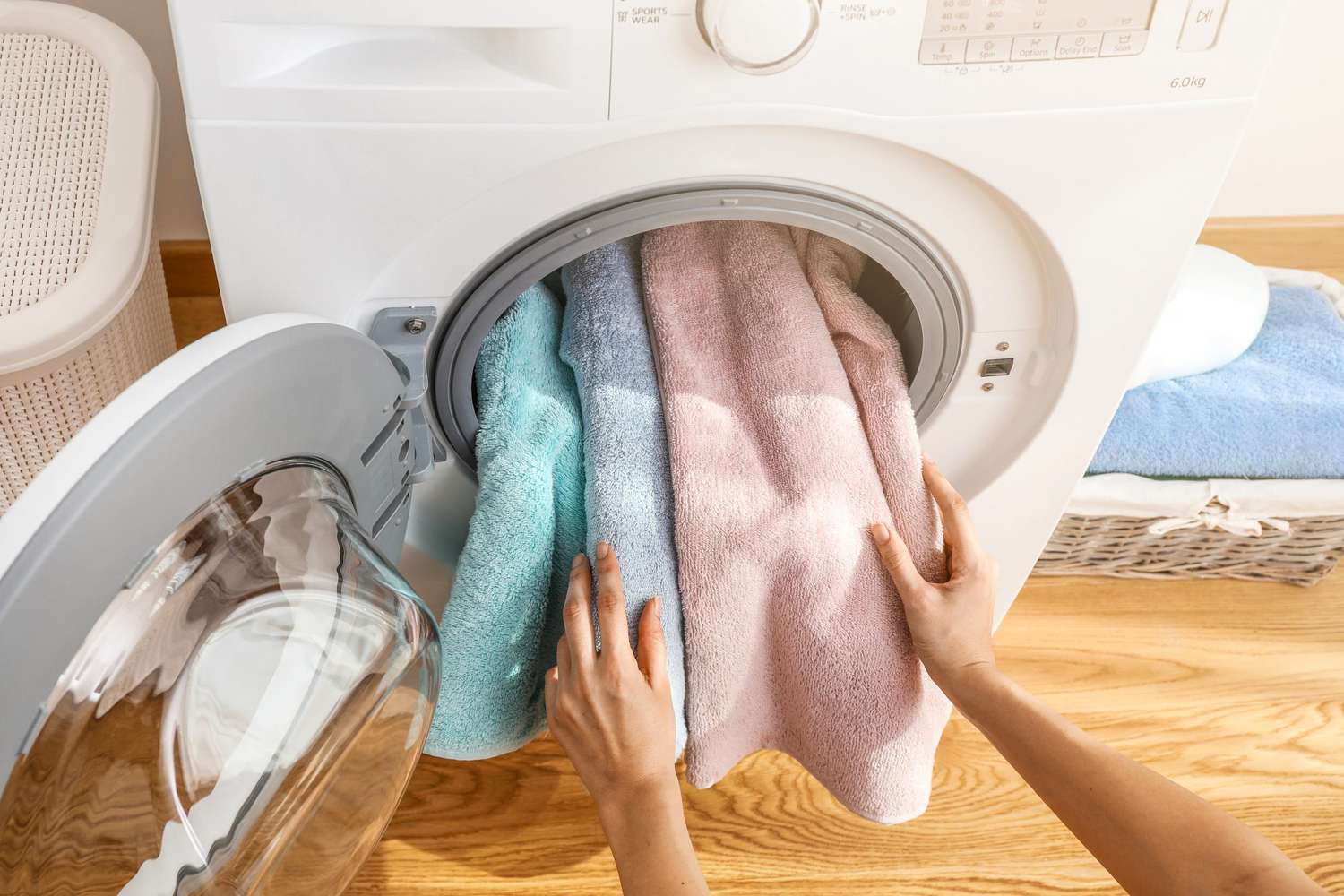
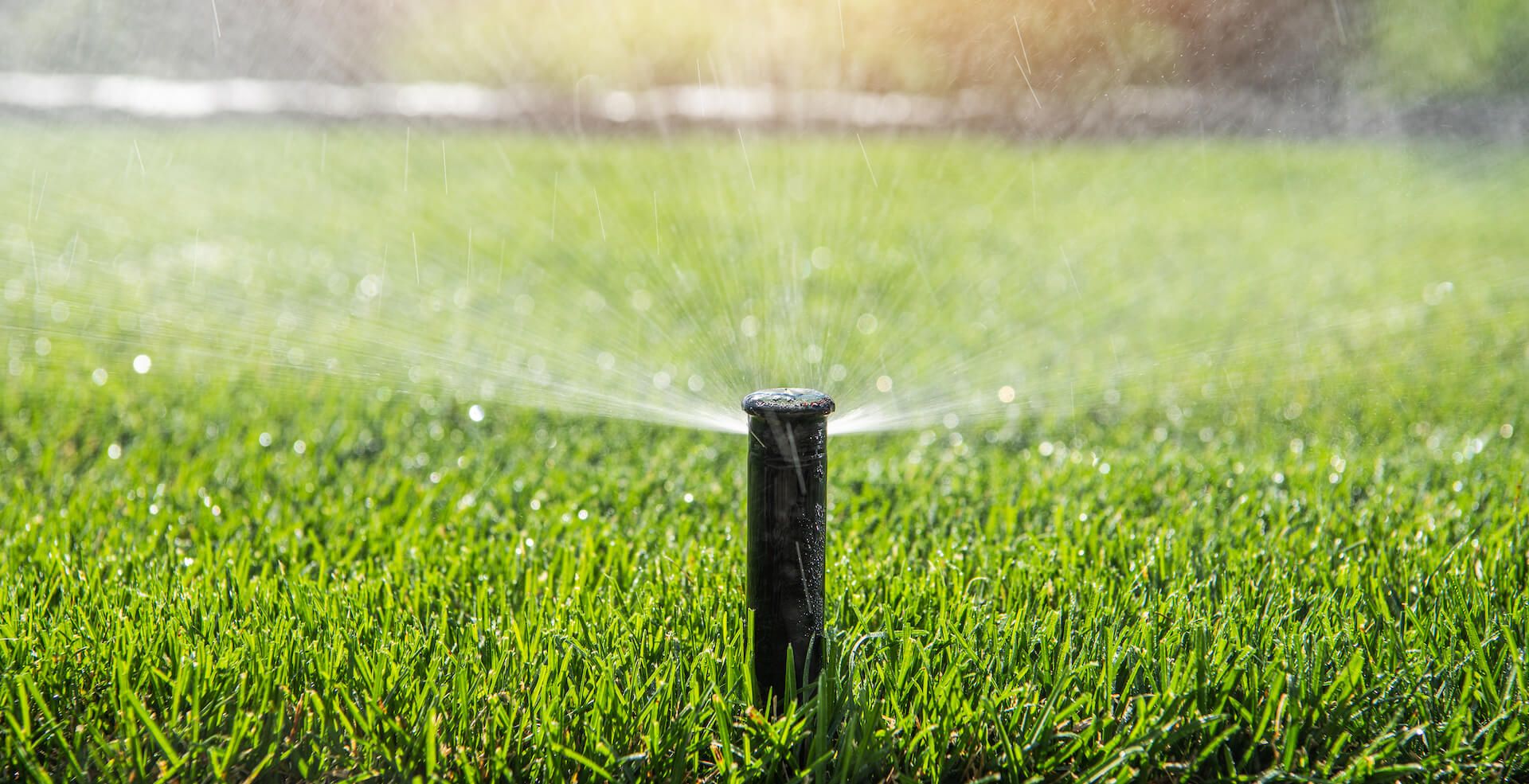

0 thoughts on “How Often Should You Water Outdoor Plants In Hot Weather”